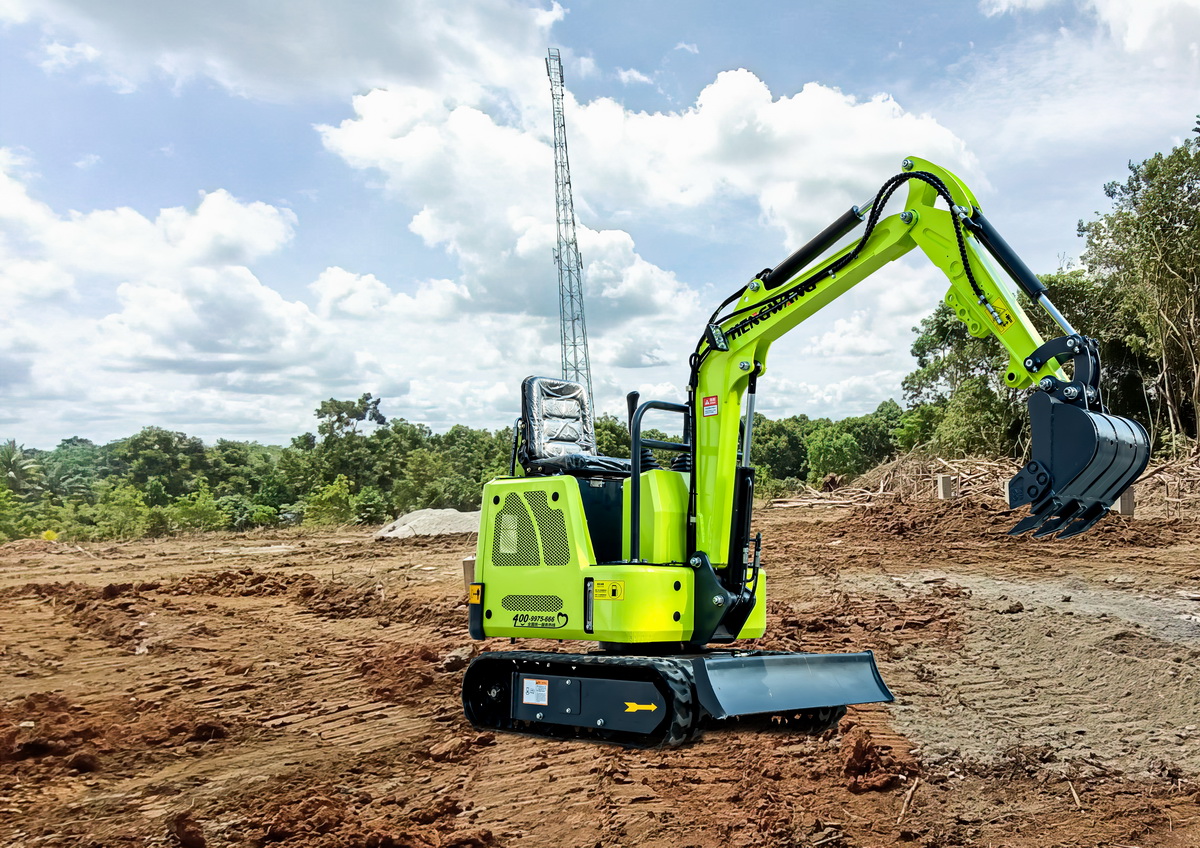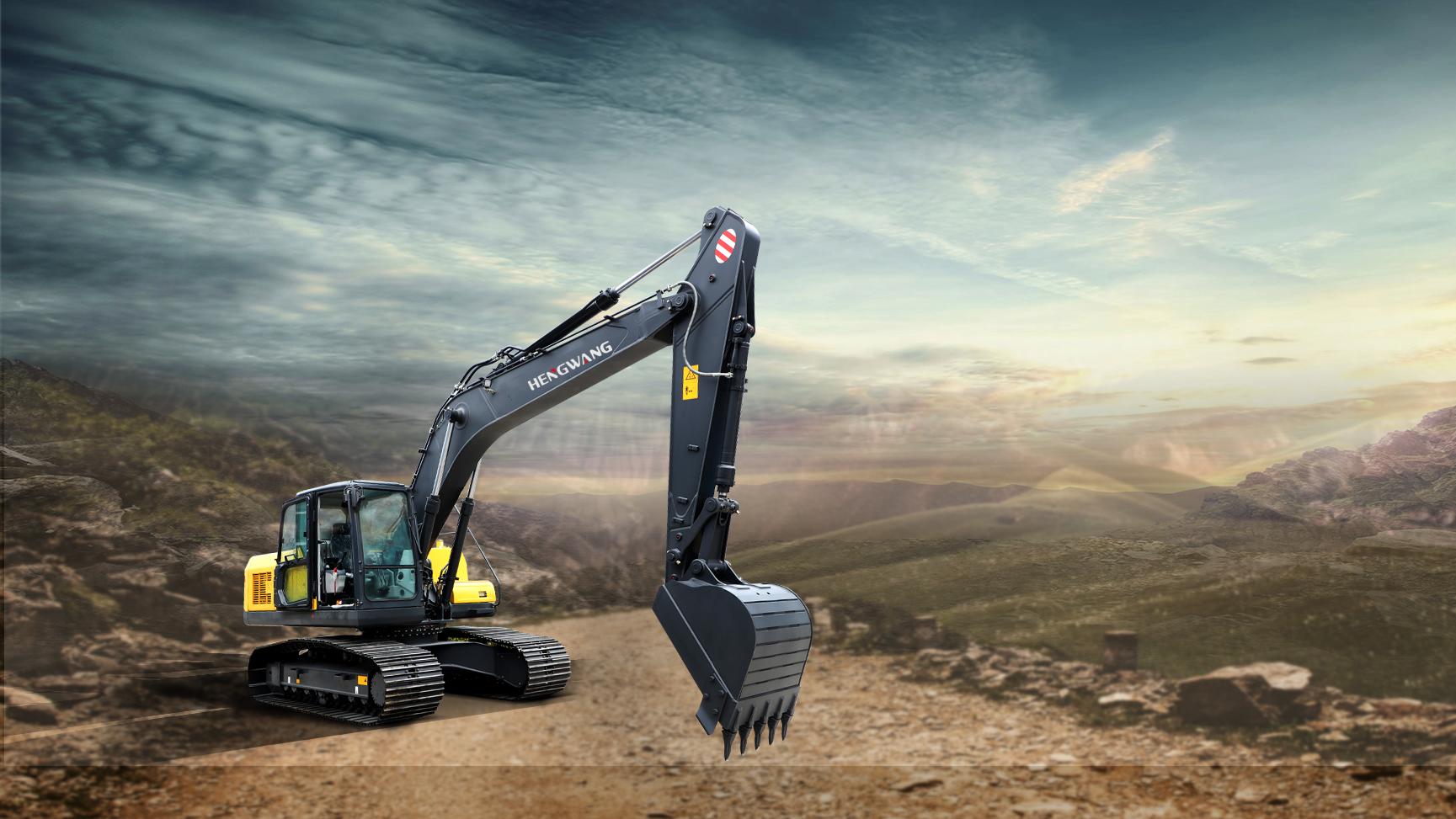Safety is Life, Responsibility Weighs Heavier than Mount Tai. To ensure construction safety, it's not only necessary to standardize construction and strictly adhere to safety production rules but also to pay attention to every link in the construction process and avoid small mistakes that could lead to big losses. Please take note of these tips on crawler excavator safety operation procedures and maintenance methods!

Crawler Excavator Safety Operation Procedures


01 Pre-operation Preparation
1.Carefully read the excavator's user manual and familiarize yourself with the operation and maintenance status of the vehicle.
2.Understand the construction site's task details, check the solidity and stability of the soil where the excavator is parked. When excavating pits and trenches, check the stability of cut slopes and trench sides.
3.Strictly prohibit anyone from staying in the operation area; the work site should facilitate the entry and exit of dump trucks.
4.Check the excavator's hydraulic system, engine, transmission, braking system, rotating device, and instruments. Only start work after a trial run and ensuring everything is functioning normally.
02 Operating and Driving Requirements
1.Signal before starting operations.
2.During operation, pay attention to selecting and creating a reasonable work face, strictly prohibit hole digging excavation. Do not position the excavator to operate between two excavation faces simultaneously. Avoid operating under overhead electrical wires.
3.During operation, do not randomly adjust the engine, speed controller, hydraulic system, or electrical system. Do not use the bucket to break or crush solid objects through rotational machinery. Do not use the excavator arm to drag heavy objects on the side. Avoid sudden lowering of the working device for excavation.
4.The excavator should load after the truck is stationary. During unloading, keep the bucket as low as possible without touching any part of the truck and do not let the bucket pass over the cab.
5.When the hydraulic excavator is working normally, the hydraulic oil temperature should be between 50 and 80 degrees Celsius. If below 20 degrees before use, preheat the machine. Stop and cool down if it reaches or exceeds 80 degrees.


03 Post-operation Requirements
1.When the excavator is moving, it should be directed by a specific person and keep a distance of at least 5 meters from high-voltage lines. Do not reverse.
2.When going downhill, drive at a low, constant speed, and avoid sliding and changing gears.
3.Park the excavator and plan the travel route at a safe distance from the road surface, ditches, and pits.
4.When parking on a slope, place the bucket on the ground and all levers in the neutral position.
5.After work, align the body, place the bucket on the ground, and put all levers in the neutral position. Apply brakes on all parts, close the machine's doors and windows, and then the driver can leave.
Crawler Excavator Maintenance Methods


Choose hydraulic oil reasonably. Considering the working temperature and efficiency of the hydraulic circuit, the viscosity of the hydraulic oil should be between 16-36x10-6mm2/s. The viscosity corresponding to the lowest environmental temperature for short-time cold starts should be ≤1000X10-6mm2/s, and the viscosity at the allowable short-time leakage oil temperature of 90℃ should be ≥10X10-6mm2/s.
A good hydraulic oil cooling system plays an important role in improving the hydraulic oil temperature control system. Although different manufacturers use different specific methods, the basic idea is the same. When hydraulic oil overheating occurs, the inspection steps for the hydraulic oil cooling temperature control system are as follows:
① Check whether the hydraulic oil cooler is clogged with dirt, which reduces cooling efficiency. Clean the cooler if necessary.
② Under extreme conditions, check the actual working pressure of the fan speed system to determine whether there are faults in the hydraulic components of the circuit, and whether the oil temperature sensor or control circuit is functioning normally. At this time, both fan speed and system working pressure should be at their maximum values. Otherwise, adjust the system parameters or replace damaged components accordingly.

3.Eliminate abnormal internal leaks, mainly referring to abnormal internal leaks caused by system hydraulic oil contamination leading to sticking of directional valves and pressure valves. The methods of inspection include measuring pressure, checking functions, or listening for unusual noises or checking whether there is local overheating by touch.
4.Prevent the reduction in volumetric efficiency of components. Pay attention to both abnormal and normal wear. The former may occur in a very short time and can be judged by checking the quality of the oil and the system's functionality (such as whether the actuator is functioning normally, whether the speed has decreased, etc.). The latter should follow a certain pattern and should be comprehensively examined, taking timely measures.
Please fill out the form below according to your needs, and a Hengwang product specialist will contact you within one day.